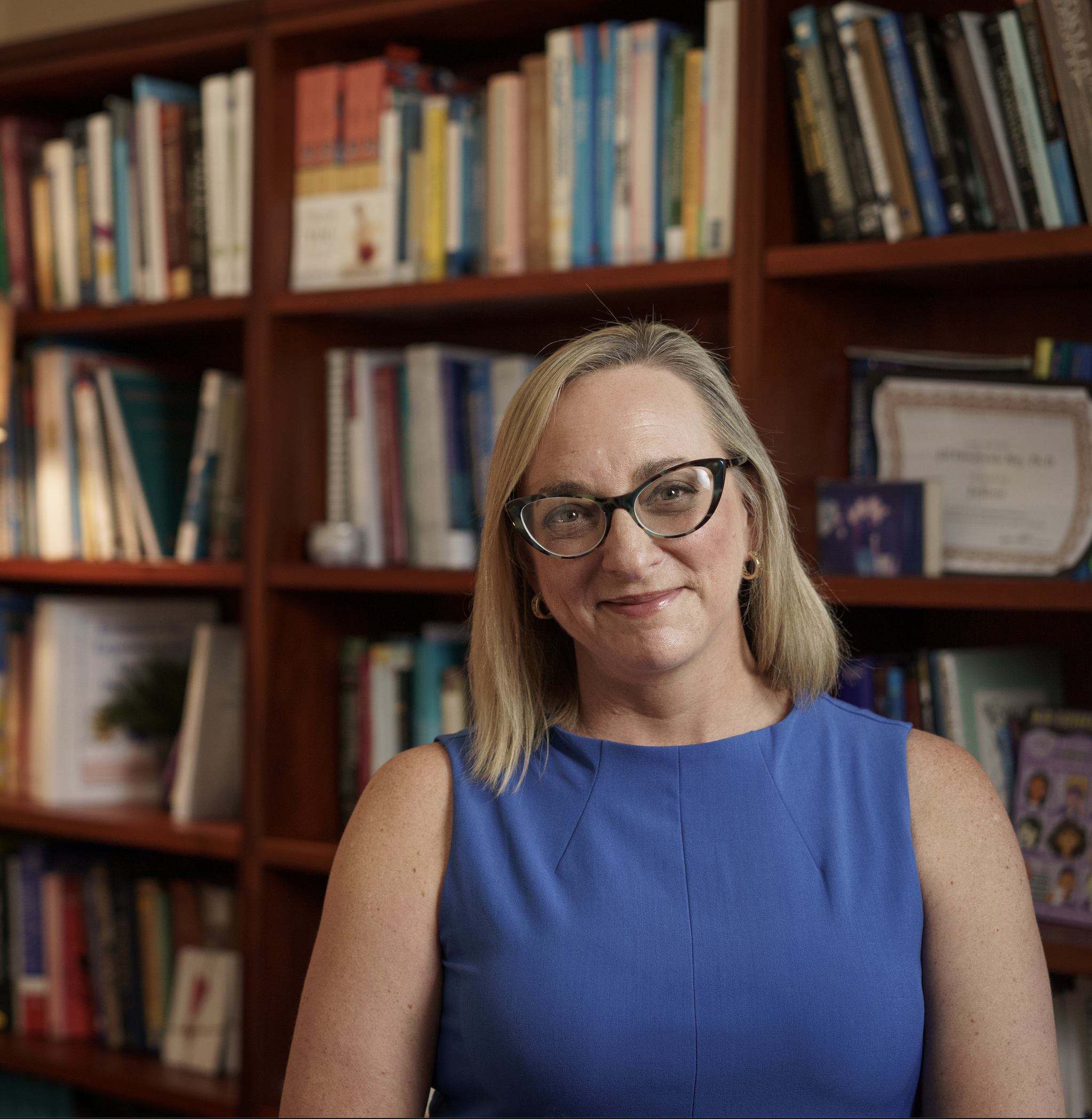Transdiagnostic
(PS11-74) Exploring the Effectiveness of an Adapted Transdiagnostic Mental Health Prevention Program in Economically Disadvantaged High School Settings
- PP
Paloma M. Pedronzo, N/A, B.S.
Research Coordinator
University of Miami
Miami, Florida, United States 
Hannah L. Grassie, M.S.
Doctoral Student
University of Miami
Miami, Florida, United States- CV
Clarissa V. Velez, M.S. (she/her/hers)
Research Assistant
University of Miami
Miami, Florida, United States - CD
Chelsea Dale, Ph.D.
Post-Doctoral Associate
University of Miami
Coral Gables, Florida, United States - YA
Yeojin A. Ahn, Ph.D.
Associate Research Director
Harvard University
Cambridge, Massachusetts, United States - MC
Mileini Campez-Pardo, Ph.D.
Therapist
University of Miami
Miami, Florida, United States 
Elizabeth R. Pulgaron, Ph.D.
Associate Professor of Clinical Pediatrics
University of Miami
Miami, Florida, United States- SS
Sara M. St. George, Ph.D.
Assistant Professor and Director, MS Program in Prevention Science & Community Health
University of Miami Miller School of Medicine
Miami, Florida, United States 
Amanda Jensen-Doss, Ph.D. (she/her/hers)
Professor
University of Miami
Coral Gables, Florida, United States
Jill Ehrenreich-May, Ph.D.
Professor
University of Miami
Miami, Florida, United States
Author(s)
Co-Author(s)
Anxiety, depression, and related emotional concerns are highly prevalent among adolescents. Yet, adolescents face barriers accessing evidence-based care, such as lack of accessibility and distrust of mental health providers. One way to mitigate these barriers is to provide services for emotional concerns in schools, settings in which they spend a large portion of their time and in which these emotional difficulties may arise. While some evidence-based programs have been implemented within schools, few studies have incorporated a transdiagnostic approach, such as the Unified Protocol for Transdiagnostic Treatment of Adolescents (UP-A). Hence, the current study aimed to examine the effectiveness of a school-based adaptation of the UP-A, the Unified Protocol for Emotional and Academic Challenges (U-PEACE) in economically disadvantaged high school settings.
Participants included 12 youth aged 14 to 18 years (M= 16.23, SD= 1.17) who completed an open trial of the U-PEACE protocol across two Title 1 high schools. Depression, anxiety, and distress tolerance of youth participants were assessed throughout their participation using the Generalized Anxiety Disorder 7 (GAD-7; Spitzer et al., 2006), Patient Health Questionnaire-9 (PHQ-9; Kroenke, Spitzer, & Williams, 1999), and the Distress Tolerance Scale (DTS; Simons & Gaher, 2005). To probe the effectiveness of U-PEACE, we conducted paired samples t-tests to assess differences in anxiety, depression, and distress tolerance scores from pre- to post-treatment.
Results of the paired samples t-tests indicate that anxiety severity decreased significantly from pre-treatment (M = 11.50, SD = 3.818) to post-treatment (M = 4.83, SD = 3.433, t(11) = 6.89, p < .001). Similarly, there was a significant decrease in depression severity from pre-treatment (M = 13.73, SD = 4.15) to post-treatment (M = 6.50, SD =4.60, t(11) = 4.33, p < .001). Lastly, there was a significant decrease in difficulty managing distress from pre-treatment (M = 51.82, SD = 11.09) to post-treatment (M = 35.82, SD = 7.87, t(10) = 7.69, p < .001).
Our research unveils promising initial evidence showcasing the effectiveness of the school-based adaptation, U-PEACE, in alleviating adolescent anxiety, depression, and distress. This marks a significant stride towards establishing accessible and impactful mental health care for teenagers across communities. This pilot study provides information about feasibility and the potential impact of U-PEACE on emotional difficulties. This adaptation will serve as the cornerstone for the upcoming randomized controlled trial, further shaping the evolution of this evidence-based approach within educational settings. Moving forward, research will prioritize building upon these initial findings, with a focus on scaling implementation in a feasible and sustainable manner.

.png)
